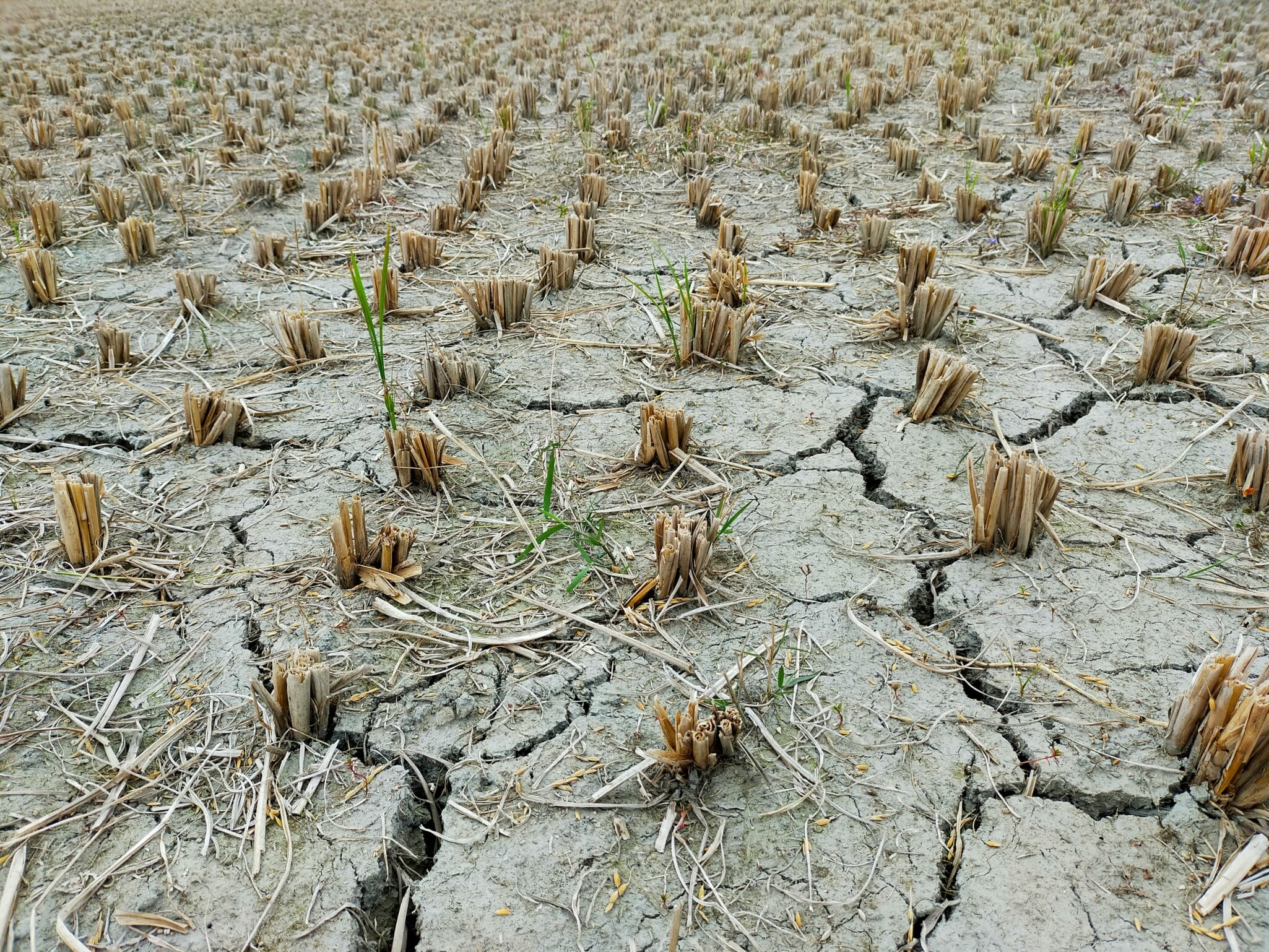Key Takeaways
- Summer 2025 is expected to bring above-average temperatures across 45 states, with the central and western U.S. facing the most extreme heat, according to the latest report from AccuWeather.
- Drought conditions are forecast to intensify in major farming regions, affecting crop yields, irrigation needs, and wildfire risk.
- Increased electricity demand for irrigation and cooling could raise operational costs for farms and agri-businesses.
- Atlantic hurricane season is expected to be active, posing risks to coastal agriculture and supply chains.
- AccuWeather links summer extremes to climate trends with long-term implications for U.S. agriculture.
Extreme Heat and Drought Pose Major Risks to U.S. Agricultural Sector
According to AccuWeather’s Summer 2025 outlook, U.S. farmers should prepare for a hotter-than-average growing season, particularly across the Plains, High Plains, northern Rockies, and Pacific Northwest. These regions are expected to experience prolonged heat waves, drying soils, and intensifying drought conditions, which could affect the health of crops and livestock and drive input costs higher.
Paul Pastelok, AccuWeather's Lead Long-Range Expert, said: “The middle of the country will dry out and bake in the summer heat. Higher air temperatures enhance evaporation rates, which further reduces soil moisture. The hotter and drier it gets, the more farmers depend on irrigation and cooling systems.”
Crops at Risk: Spring Wheat, Corn, and Soybeans
The High Plains and Midwest, which produce significant shares of spring wheat, corn, and soybeans, face a higher-than-average risk of yield reduction this summer. Drought-stressed crops, along with intensified evapotranspiration, could require increased irrigation — potentially straining water supplies and increasing energy costs for pump-driven systems.
Prolonged high temperatures and limited rainfall also elevate pest and disease pressures, complicating input planning and requiring adaptive agronomic strategies.
Wildfire Threats Expand Across Agricultural Land
The 2025 AccuWeather Wildfire Forecast signals a “very high” to “extreme” fire risk in agricultural regions of the Southwest, interior Northwest, and Texas. Farmers and ranchers may face fire threats to pasturelands, outbuildings, and stored feed, especially in areas with dense dry vegetation.
AccuWeather notes that lightning-induced fires during early monsoon storms are a particular concern for Western ag zones already hit by drought.
Energy Demand and Irrigation Costs on the Rise
As temperatures climb, electricity use for irrigation pumps, livestock cooling, and greenhouse operations is expected to rise, particularly across 33 states where AccuWeather forecasts above-average power demand.
This could lead to higher utility costs for farms and agri-businesses — especially in regions with strained or aging power infrastructure. AccuWeather cautions that power outages during peak heat events could disrupt operations and pose safety risks for confined animals.
Hurricane Season May Disrupt Coastal Agriculture
AccuWeather projects 13–18 named storms, 7–10 hurricanes, and up to 6 direct U.S. impacts for the 2025 Atlantic hurricane season. Southern growers, especially along the Gulf Coast and Southeast, should prepare for flood risks, wind damage, and potential transportation disruptions during harvest and distribution.
While tropical systems could bring much-needed rain to the Southeast and Atlantic Coast, they may also damage crops or delay planting and harvest schedules.
Climate Trends Highlight Long-Term Agricultural Impact
Brett Anderson, AccuWeather Climate Expert, emphasized the connection between rising summer heat, intensifying droughts, and climate change. “Extreme heat is now the deadliest weather-related threat in the U.S. Warmer nights and reduced soil moisture are altering growing conditions and increasing irrigation demand.”
He added that the urban heat island effect and expanded infrastructure are compounding heat stress near urban-agricultural interfaces.
Longer-term, these shifts may affect planting windows, growing degree days, and regional suitability for key crops — pushing more producers to adopt precision agriculture and climate-resilient practices.
Discover the entire report here.


